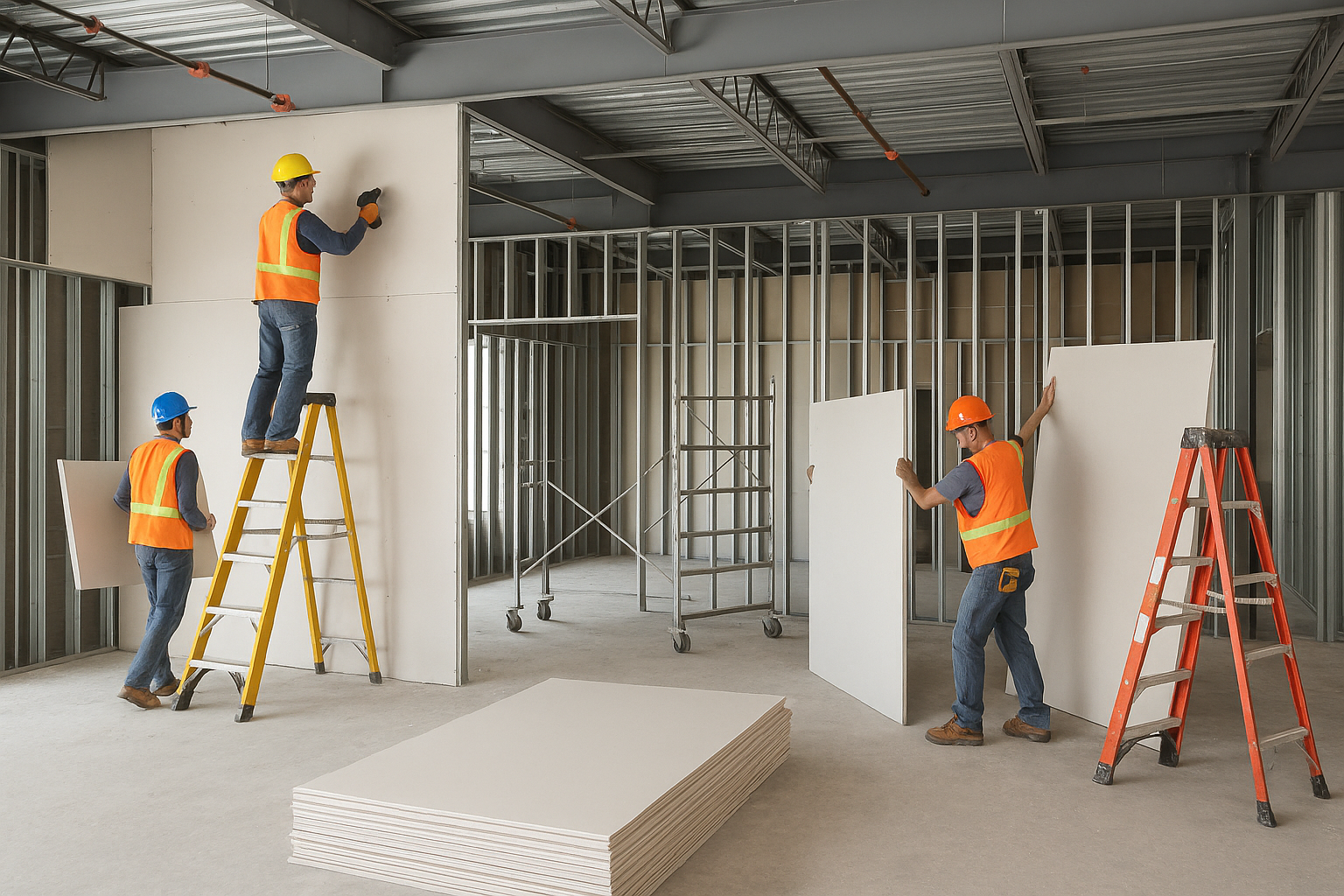
When it comes to drywall estimating, one of the most overlooked—but crucial—distinctions is between fire taping and full finishing. These two scopes can vary significantly in material, labor, and schedule implications. For architects, engineers, and general contractors, understanding the nuances and estimating each correctly ensures that budgets remain intact and scope creep is minimized.
At a glance, both fire taping and full finishing involve joint treatment on drywall. But their intent, execution, and cost profiles differ sharply:
Mislabeling fire tape as full finish (or vice versa) has real financial and schedule implications:
With tools like Active Estimating, teams can tag finish levels at the wall assembly level. This allows visual representation of finish scope—ensuring fire tape and full finish aren’t mixed in the takeoff.
On a high-rise residential project, a misinterpretation led to applying full finish costs across all rated corridors—intended only for fire tape. The overage inflated drywall costs by $96,000. Once identified, the estimator adjusted assemblies in Active Estimating, and future projects were safeguarded through finish-level tagging and template controls.
Distinguishing between fire tape and full finish isn't just a technical nuance—it's a budgeting imperative. Estimators who recognize and document these differences clearly will earn the trust of project teams and avoid costly misunderstandings. With modern tools and a disciplined approach, drywall estimating becomes both more accurate and defensible.
Contact Information:
Active Estimating
508 2nd Street, Suite 208
Davis
California
95616
Rich Schoener
richard@activeestimating.com
(877)
Schedule a personalized demo to see how Active Estimating can work for your specific needs.
